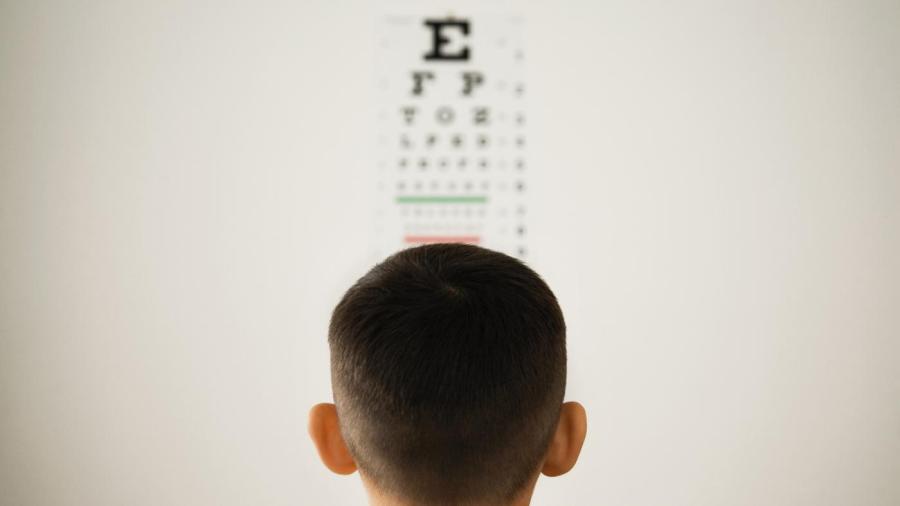How Do You Use a Standard Eye Exam Chart?

To use a standard eye exam chart, stand 20 feet away from the chart and read the smallest line of letters you can see. Each line corresponds to a certain level of visual acuity.
The standard chart used for eye exams is the Snellen chart, as of April 2015. There are several variations to the chart, but it typically has 11 lines of capital letters. The top line is usually a large letter E.
Normal vision is 20/20, which is being able to read the line most humans can read from 20 feet away. This line is usually the fourth from the bottom on the Snellen chart. The top line typically corresponds to 20/200 vision, which indicates being able to read from 20 feet what most humans can read from 200 feet. The Snellen chart usually has lines for 20/15, 20/10 and 20/5 vision. Vision of 20/10 or better is rare.
If a doctor’s office doesn’t have a room 20 feet long, it can use mirrors to make the chart appear at a simulation of 20 feet. Aspects of vision the eye chart doesn’t measure include peripheral vision, depth perception and color perception. It also doesn’t measure eye health factors, such as eye fluid pressure and the condition of the retinas.





